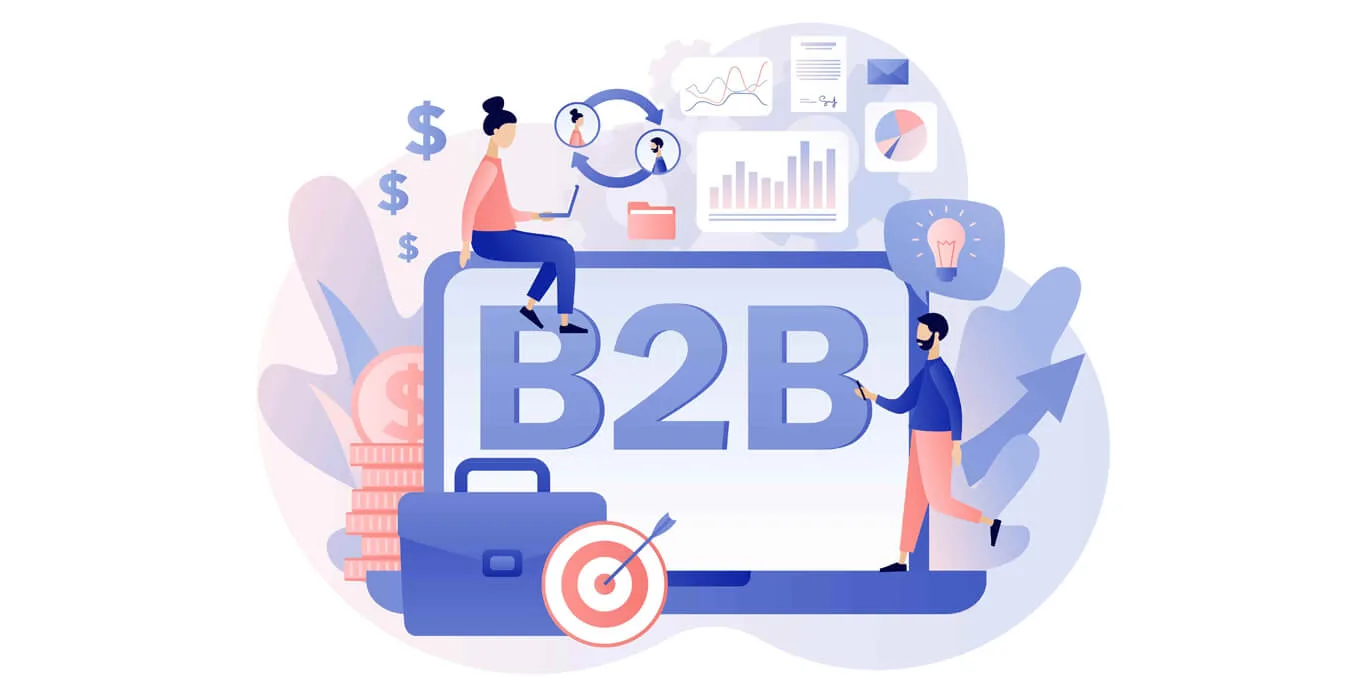|
Getting your Trinity Audio player ready... |
5 min read
“Colors, like features, follow the changes of the emotions.” – Pablo Picasso
Color isn’t simply a visual component in web design; it’s also a powerful psychological tool that may influence user behaviour, arouse feelings, and strengthen brand identity. The choice of colors on a website can make or break a user’s experience.

According to Picasso, colors have a remarkable capacity to evoke feelings in people and hence have an impact on actions and perceptions.
Let’s explore the intriguing idea of color psychology in web design in this blog, and try to gauge how different tones and hues affect user behaviour.
The Subtle Art of Color Psychology in Design
The study of color psychology in design focuses on how shades and hues influence thought, feeling, and behaviour in people. Using colors that complement the intended message and user experience is a smart strategy in web design.
To find your way around this complex world, you should refer to the color psychology chart:
1. Warm Colors
- Red: Red is used to draw attention to particular features, including calls to action, because it is frequently linked with passion and urgency.
- Yellow: Yellow is a color that radiates enthusiasm and vitality and can generate feelings of warmth and joy, making it ideal for encouraging optimism and creativity.
- Orange: Combining the energy of red and the vibrancy of yellow, orange is inviting and signifies enthusiasm.
2. Cool Colors
- Blue: Frequently linked to trust and calmness, blue is a popular choice for corporate websites seeking to establish credibility and reliability.
- Green: Symbolising growth, health, and nature, green can work well for websites related to environment, health, and well-being.
- Purple: Often associated with luxury and creativity, purple can be used to add a touch of elegance and uniqueness.
3. Neutral Colors
- Black: Conveying sophistication, power, and elegance, black is commonly used to create contrast and highlight other colors.
- White: Symbolising purity and simplicity, white backgrounds provide a clean and organised canvas for content.
- Grey: A versatile color that can evoke feelings of balance and professionalism, grey often used for text and interface elements.
Using Brand Color Psychology to Your Advantage
Brand identity is inseparable from color psychology in web design. Users can more easily recognise a brand and develop an emotional connection when the color scheme is consistent across digital platforms.
1. Brand Colors
- According to the values they intend to express, brands frequently decide on their primary and secondary colors.
- For instance, the red and white brand colors of Coca-Cola evoke excitement and simplicity.
2. Color Associations
- Customers come to identify certain colors with a brand’s goods and services over time.
- Consider the vivid yellow that has come to represent McDonald’s.

Strategic Color Psychology in Design
Color psychology is a tool used by designers to direct people through websites and encourage desired actions:
1. Calls to Action (CTAs)
CTAs stand out when they are designed with contrasting colors, which attracts users’ attention and increases the chance that they will click them.
2. Navigation
By differentiating between sections on web pages, colors can help with navigation, making it simpler for users to discover what they need.
3. Emotional Resonance
Different industries call for different emotions. For instance, a healthcare website might use calming blues to create a sense of trust.
The Union of Aesthetics and Functionality
Effective web design combines aesthetics and functionality, and color psychology helps to a great extent in attaining this balance:
1. Readability
To guarantee readability, text color should contrast effectively with the background. The optimum combination is dark text on a light background or vice versa.
2. Emphasis
Important information can be emphasised using colors. A limited use of bold, contrasting colors draws attention without overwhelming users.
User Experience and Color Psychology
Color psychology contributes significantly to a seamless user experience. Here’s how:
1. Emotional Connection
Colors can stir up feelings in users that they can relate to, making for a memorable experience.
2. User Engagement
Users who are guided by carefully considered color schemes spend more time on the page and bounce rates are decreased.
For a successful online presence, color psychology must be incorporated into your site design plan. If you want to use color psychology to your website’s advantage, think about working with IKF, a reputable web design company in India.
IKF’s professionals are aware of the various ways color may be used to enhance brand impact, shape user behaviour, and produce memorable experiences. Contact us for your web designing project now!
FAQs
1. What is the role of color psychology in web design?
User emotions, behaviours, and perceptions are significantly influenced by color psychology in web design. Designers may build user experiences that are effective and engaging and that are consistent with a brand’s identity and objectives by carefully choosing and utilising color.
2. How does color affect web design?
Color significantly affects web design by influencing user emotions, navigation, and engagement. Different colors evoke specific feelings, guide users’ attention, and enhance the overall visual appeal, ultimately shaping the user experience and impacting their interactions with the website.
3. What is the psychology of colors in behaviour?
The psychology of colors in behaviour explores how different colors can evoke emotional and psychological responses in individuals. Colors have the power to influence mood, perceptions, and decision-making, impacting behaviour and shaping the way people interact with their surroundings.
4. How does color impact user experience?
Color impacts user experience by evoking emotions, influencing perceptions, and guiding user behaviour. Well-chosen colors can create a harmonious and engaging environment, enhancing navigation, readability, and overall satisfaction when interacting with websites or other digital interfaces.

Ashish Dalia is the CEO & Chief Digital Marketing Strategist at I Knowledge Factory Pvt. Ltd.

Ashish Dalia is the CEO & Chief Digital Marketing Strategist at I Knowledge Factory Pvt. Ltd.










